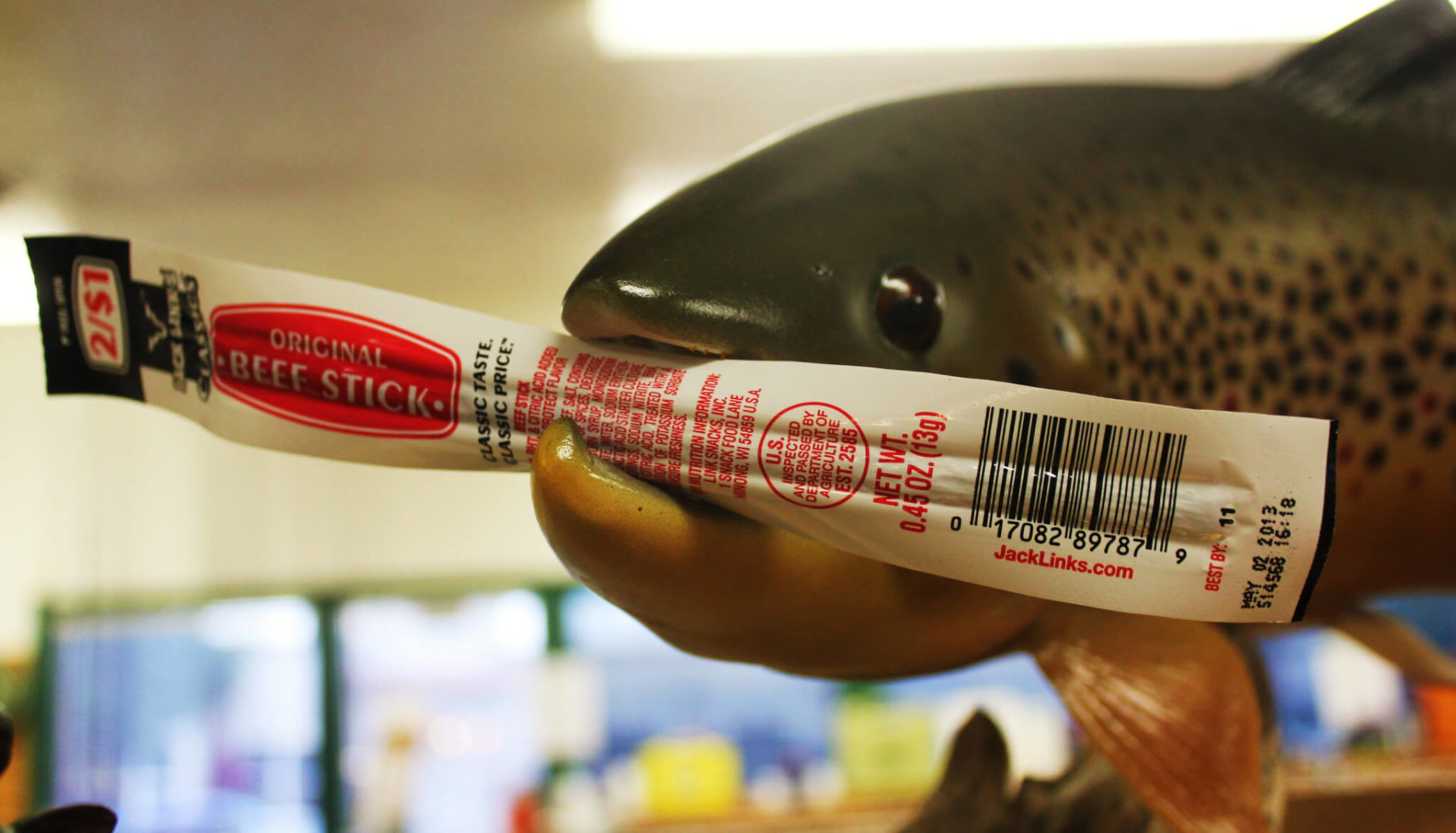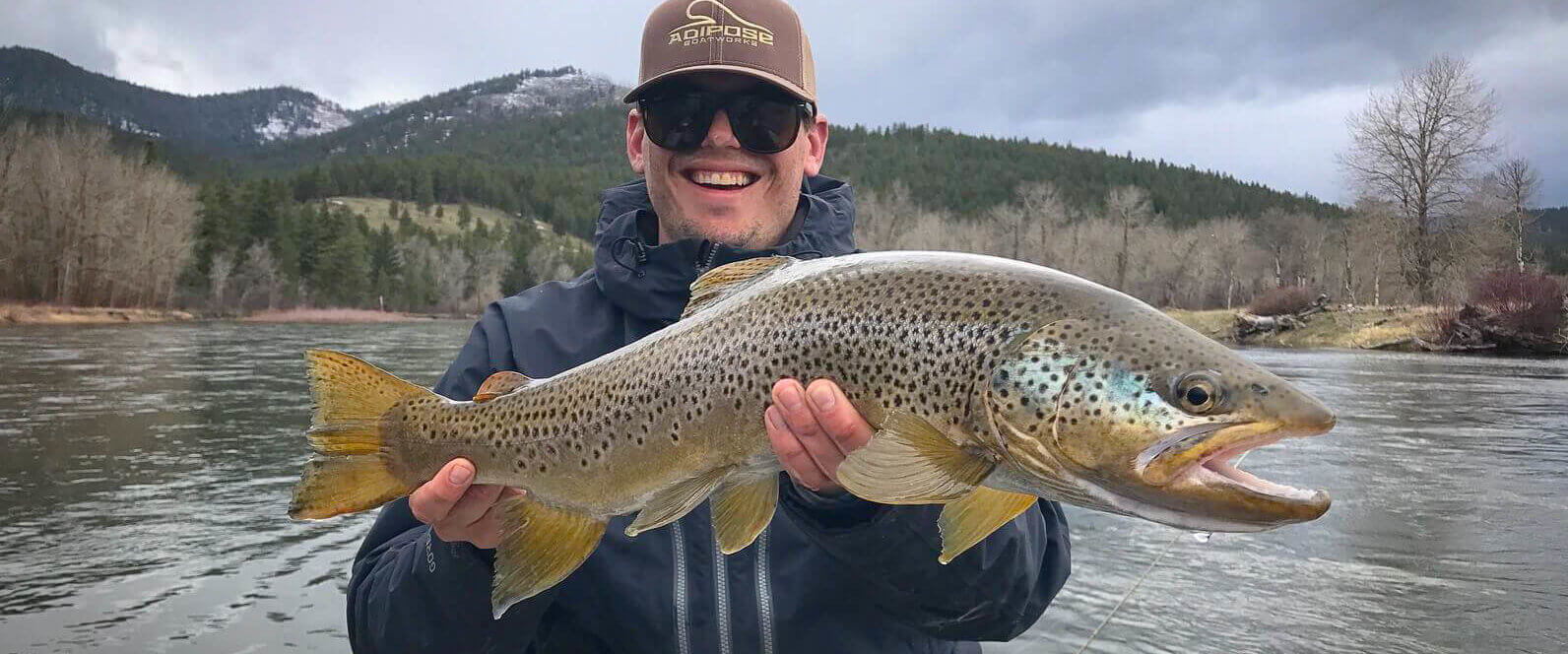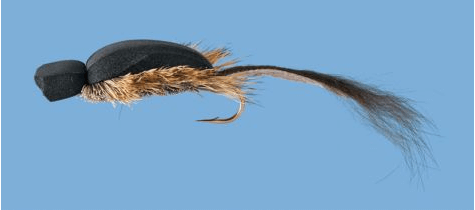And crafty anglers are taking advantage of the technological advances from the still water industry. Yes, I said that.
A young lady (Hell, everyone’s young to me at this point) came in with a conundrum. She had found a great indicator from Rainy’s but was appalled by the price. She could make these! So much CHEAPER! So she did what every DIY’er does and was in the process of spending 5 hours and spending money on something that may or may not work as well as the purchased product. But dammit, she was saving money.
It’s why I tie flies.
You should be laughing hysterically.
The magic of this indicator was a tall fluorescent braided mono post. I immediately flashed to the classic Stillwater bobber. A cork with a toothpick to hold the line. The savvy Stillwater angler didn’t watch the cork- they watched the toothpick. Any oscillation in the toothpick- Hot Damn, you had a nibble! A really savvy Stillwater angler could read the oscillations, and know exactly when to set the hook. Though sometimes you lost your worm, which in the direst circumstances, required digging new worms.
Oh hey, I just read it in a magazine…… that’s not me, age 4-12.
Mom stopped digging worms when I hit 4.
So this indicator, Rainy’s Telstrike Indicator has a floating collar and a post. When your nymph sinks to its nadir, the post stands straight up. Watch the post- when it oscillates, set the hook. It’s ingenious. Them crafty Stillwater bobber guys.
No, as far as I can see, it’s not possible to make them cheaper than Rainy’s, unless you’re making like 50 of them.
Even the most basic bobbers, you know, the clip on ones that are red and white- They’re BI- COLORED. I own a book, The Incomplete Book Of Failures. To truncate, a man won the most boring lecturer contest by speaking of the differences between left and right, spinning a cue ball.
Think about that for a moment.
How do you know when the cue ball is moved, it’s the same color!
Like most fly fishing indicators today. How, at 15 feet (I wear glasses) can you see subtle movement in the indicator. It’s a solid color, like a cue ball.
The Oros indicators are going to be magic. Buy two (I know, it sounds like sales pitch- bear with me) in different colors. And screw the top of one into the bottom of the other, and vice versa. Voila, bi-colored “indicator”. Like any decent bobber.
Need a lighter delivery? Purchase two contrasting colors of Palsa indicators, tear them in half and stick the two colors together instead of folding one color over. Foam lands more lightly, Making it a good choice in hard fished waters. So do the New Zealand wool indicators, my favorite- if I nymph. Which I rarely do. That’s another discussion.
USE TWO COLORS in your New Zealand indicator. Or try a Thill indicator. TRI-colored, with an oscillating post. They’ve been used for years by Stillwater fishermen- some of the best guides in Missoula carry a few of these when stealth and delicacy are needed. Or just good floatation, they are made of balsa and biodegradable. For those who care about that type of thing. (Editor’s note: The post is plastic and not biodegradable)
Are you getting the picture? It’s a bobber. Fly fishermen are snobby enough to think they invented the %$@?& thing in 1990 with the thing-a-ma-bobber. We didn’t. We’re using pre-dated technology, and our bobbers are suffering for it. Rise up, and throw off your single color shackles! Bi-color is the way to go, or get a post to watch, you’re catch rates will benefit.
–George Kesel












